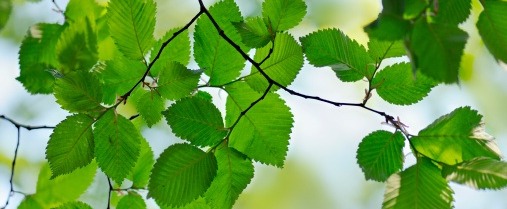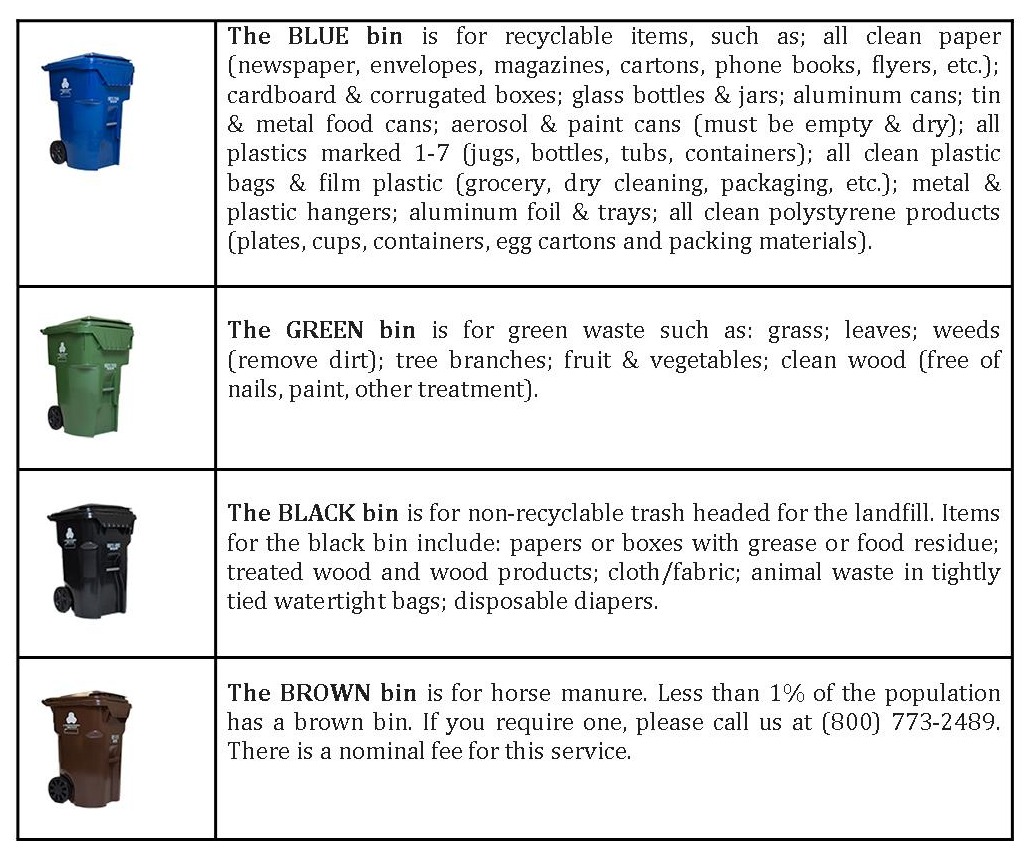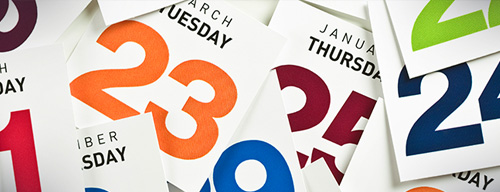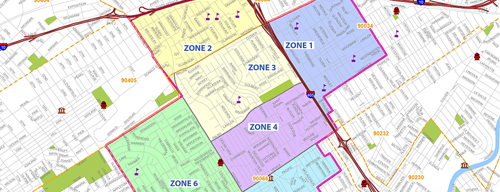Greenspace

HOW WE CAN SUPPORT OUR BIRDS DURING THESE WILDFIRES
News from California Audubon
Andrea Jones, Director of Bird Conservation at Audubon California
Joanna Wu, Avian Ecologist at National Audubon Society
Smoky days are degrading our air quality and the respiratory health of millions of people. Our hearts go out to those who have been displaced, lost a home, or loved one.
Many of you have asked how this impacts birds. Wildfires are posing a new stressor to birds who are already threatened by habitat loss, climate change, and pollution.
Various species are on the move to escape the flames and migrate. However, many wild food sources and rest areas are scorched, leaving birds highly vulnerable.
What can we do to help birds?
During this crisis, we recommend taking two simple steps to help local and migrating birds stay clean and nourished: providing water and food.
By providing extra care during this crisis, you can help birds stay resilient. Your popular watering hole and eatery may give you a glimpse of birds that you've never seen before!
Tips for Bird Baths and Feeders
WATER: Provide water in a bird bath or shallow tray (2 inches) for drinking and bathing. Add a few rocks for easy perching! With a lot of bird traffic to your bath during fires, it’s important to change out the water daily to prevent the spread of disease and to flush out any ash that has collected.
FOOD: Keep your bird feeders or trays stocked with bird seed. A variety of seeds will attract the greatest variety of birds. Black-oil sunflower seed appeals to the greatest number of birds. When using blends, choose mixtures containing sunflower seeds, millet, and cracked corn—the three most popular types of birdseed. Mixtures of peanuts, nuts, and dried fruit are attractive to woodpeckers, nuthatches, and titmice.
To avoid crowding and to attract the greatest variety of species, you can also provide table-like feeders for ground-feeding birds, tube feeders for shrub and treetop feeders, and suet feeders well off the ground for woodpeckers, nuthatches, and chickadees. Locating feeders where there is ample cover will also make it easy for birds to safely access the food.
How will the fires impact birds?
Research shows that bird lungs may be more susceptible to respiratory distress from smoke. They are generally less active during smoke events. We do not know how smoke impacts birds’ ability to migrate or hunt. There could be long-term implications for some bird populations.
Of course, most birds are highly mobile. Even as birds fly out of forests, shrublands, and grasslands that are aflame, that movement is a stressor as they must then compete with resident birds for limited food and water in new habitat areas. With fires burning through millions of acres, habitat refuges may also be limited.
How will the fires impact migration?
Right now, we are in songbird migration season. Millions of birds are coming south through California along the Pacific Flyway, looking for their usual resting spots, particularly along river corridors. When they find these areas burned, they continue on their way in search of reliable habitat, or they fly further south without an important stop to rest and refuel.
Bird migration is a series of stops, each of which are vital to a bird’s survival. If we remove these links in the chain, birds will have difficulty completing their journeys. In New Mexico, biologists are witnessing record numbers of dead migratory songbirds and have speculated that the cause may be related to fires in the West, leaving birds in a weakened condition for migration.
How will the fires impact bird habitat?
Fire is a natural part of almost every California ecosystem and is important to its health. But the intense, frequent fires that California has seen in recent years are not normal, and sometimes not healthy for habitat.
Nesting habitat will be at a premium in the parts of the state that have burned in recent years and this could impact an entire generation of birds in some areas if they are unable to find suitable habitat.
Read more about how wildfires affect birds and impact habitat>>
What else can we do to help birds?
As we begin to approach the rainy season, it’s a good time to plan for planting plants in backyards and gardens that are native to California, as these are better adapted to drought and fire. Audubon’s Plants for Birds database can help you find out what plants are appropriate for your area.
Thank you for everything you do to protect birds and our communities from wildfire.
To Learn More about the San Fernando Valley Audubon Society, visit www.sfvaudubon.org
* * *
L.A.'S GREEN NEW DEAL SUSTAINABILITY PLAN 2019...the “battle against climate change is a moral imperative, an environmental emergency, and an economic opportunity. Los Angeles is rising to the occasion with a plan that will lead the world toward a low-carbon, green-energy future,” Mayor Garcetti. Key targets of the Green New Deal pLAn include:
- Reach 100% renewable energy by 2045
- Plant 90,000 trees by 2021
- Create 400,000 clean energy jobs by 2050
- Source 70% of L.A.’s water locally by 2035
- Recycle 100% of all waste water for beneficial use by 2035
- Divert 100% of waste from landfills by 2050
- All new buildings will be net zero carbon by 2030 and 100% of all building will be net zero carbon by 2050
- Increase % of zero emission vehicles in the city to 100% by 2050
- Electrify 100% of Metro and LADOT buses by 2030
To learn more about L.A.’s Green New Deal and how you can get involved, visit https://plan.lamayor.org/
HELP MAKE TARZANA A MORE SUSTAINABLE COMMUNITY
HOUSEHOLD RECYCLING

HOUSEHOLD HAZARD WASTE (HHW)
Household Hazard Waste (HHW) is harmful to the environment and is nothing to play with or dump in your trash and dumpster. Permanent collection centers operated by LA Sanitation – S.A.F.E. Centers - offer a convenient, free method for LA County residents to properly dispose of household hazardous and electronic waste (HHW/e-waste). Residents can drop off items such as paint, solvents, chemicals, computers, batteries, cell phones, fluorescent lights, etc. HHS drop-off centers closest to you are:

Electric Waste may still be collected curbside. Just call the 24-hour Customer Care Center at 1-800-773-2489 or us the MyLA311 app. For more information about the S.A.F.E. centers and other companies and businesses offering the safe disposal/recycle of Household Hazard Waste, as well as other programs such as FREE Bulky Item Drop-off events visit LA Sanitation at www.lacitysan.org

LOS ANGELES DEPARTMENT OF WATER & POWER Offers rebates to homeowners and businesses, as well as tips to safe energy and water, including:
- Energy Tips – LADWP wants to share helpful ways to save energy around your home
- Graywater – Graywater systems allow customers to use sustainable water to help decrease their water costs and save energy
- SOLAR – It’s your time in the sun – LADWP offers both commercial and residential programs & rebates
- Charge Up L.A.! – LADWP provides rebates of up to $500 to residential customers who purchase or lease a qualifying new or used electric vehicle and install a 2 (240-volt) charger at their home, other incentives are also available for qualifying EV purchases
- Water Saving Tips – Find out ways you can conserve your water on a daily basis and take advantage of the latest rebates; for example, Did you know LADWP is offering homeowners a rebate for turf replacement of $3.00 per square foot for 5,000 square feet (Sq. Ft.) maximum?
- Buying Energy Efficient Products – LADWP not only provides information on new energy efficient modern appliances but they also provide rebates on select refrigerators/freezers, clothing washers, TVs and more…check it out!
To Learn More about these programs, visit: www.ladwp.com

Upcoming Meetings & Events

Join Our Mailing List

Neighborhood Council Calendar


